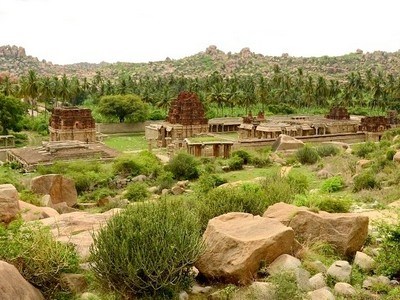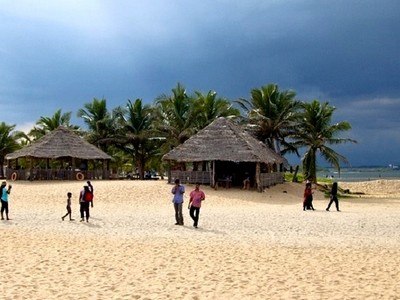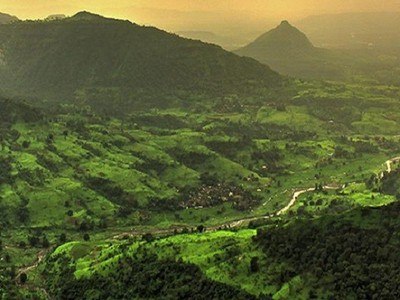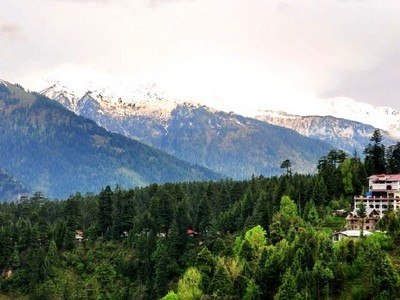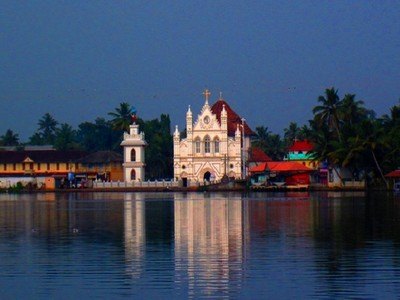About Sripuram Golden Temple
At a distance of 10 Km from Vellore, 70 Km from Kanchipuram, 120 Km from Tirupati, 146 Km from Chennai, and 212 Km from Bangalore, Sripuram Golden Temple, officially known as Sri Lakshmi Narayani Golden Temple, is a sacred Hindu temple situated in Tirumalaikodi suburb of Vellore, Tamil Nadu. It is one of the popular
pilgrimage sites near Bangalore, and among the must visit places as part of
Vellore tour. Dedicated to the goddess Lakshmi, the temple is famous for its stunning gold-covered architecture, made of real gold foil, making it unique in the world.
History of Sripuram Golden Temple
The Sripuram Golden Temple was established by Sri Sakthi Amma, the founder of Sri Narayani Peedam, a spiritual organization dedicated to fostering peace, harmony, and spirituality. The temple's construction commenced in 2001 and reached completion in 2007. It is devoted to Goddess Mahalakshmi, who is revered for granting wealth, prosperity, and blessings to her followers. The Sripuram Golden Temple serves as a testament to faith, devotion, and divine grace.
Architecture of Sripuram Golden Temple
Spanning an impressive 100 acres, the Golden Temple of Sripuram is constructed in the Vedic architectural style, serving as a remarkable oasis of spirituality. The temple is adorned with 1500 kg of pure gold ...
...read more









